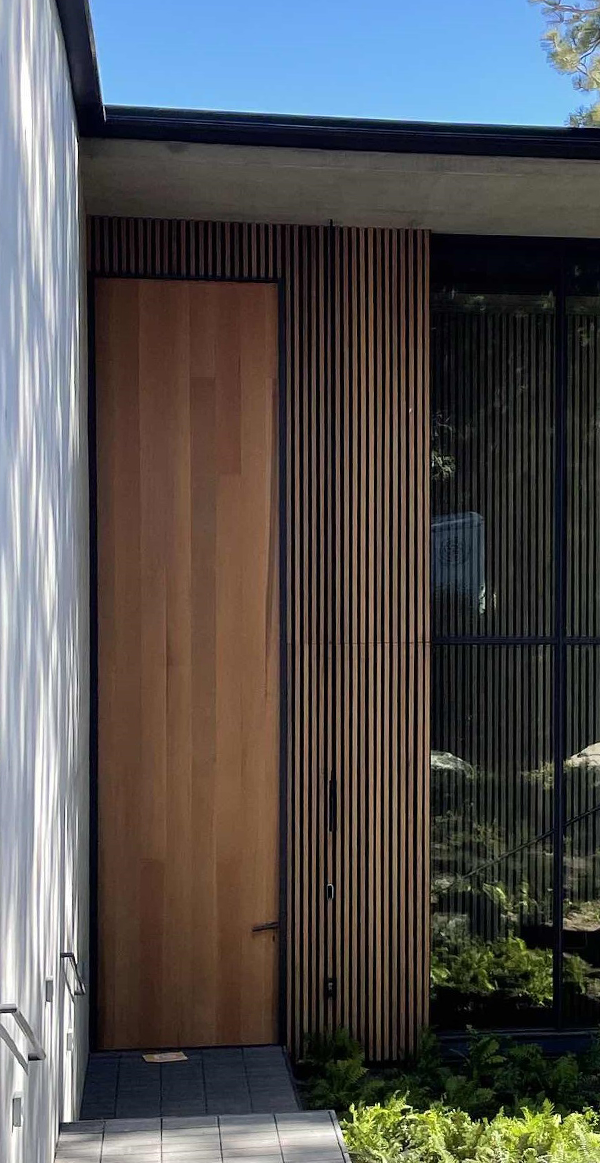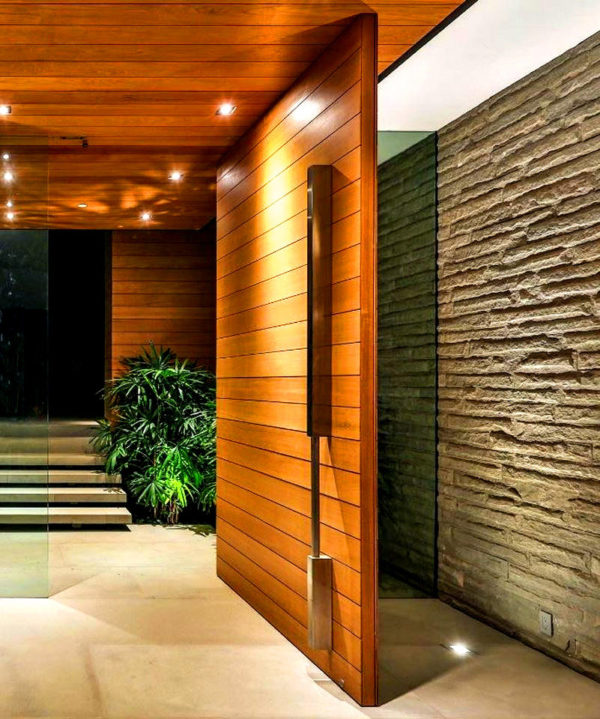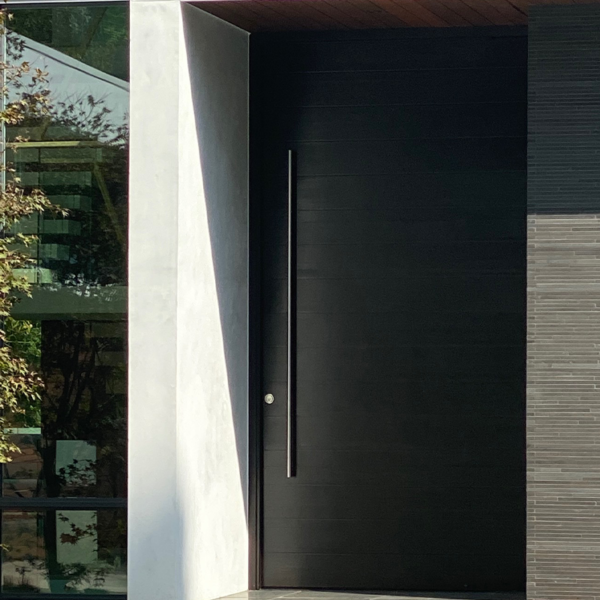 When it comes to commercial buildings, the choice of doors can play a critical role in the overall functionality and design of the space. One type of door that is immensely popular in the architecture industry is the pivot door. Pivot doors offer several benefits that make them an attractive choice for a range of commercial applications, from storefronts and galleries to hotels and offices. In this article, we’ll explore some of the different uses for pivot doors in commercial buildings and how Sing Core can help you achieve the perfect look and functionality for your space.
When it comes to commercial buildings, the choice of doors can play a critical role in the overall functionality and design of the space. One type of door that is immensely popular in the architecture industry is the pivot door. Pivot doors offer several benefits that make them an attractive choice for a range of commercial applications, from storefronts and galleries to hotels and offices. In this article, we’ll explore some of the different uses for pivot doors in commercial buildings and how Sing Core can help you achieve the perfect look and functionality for your space.
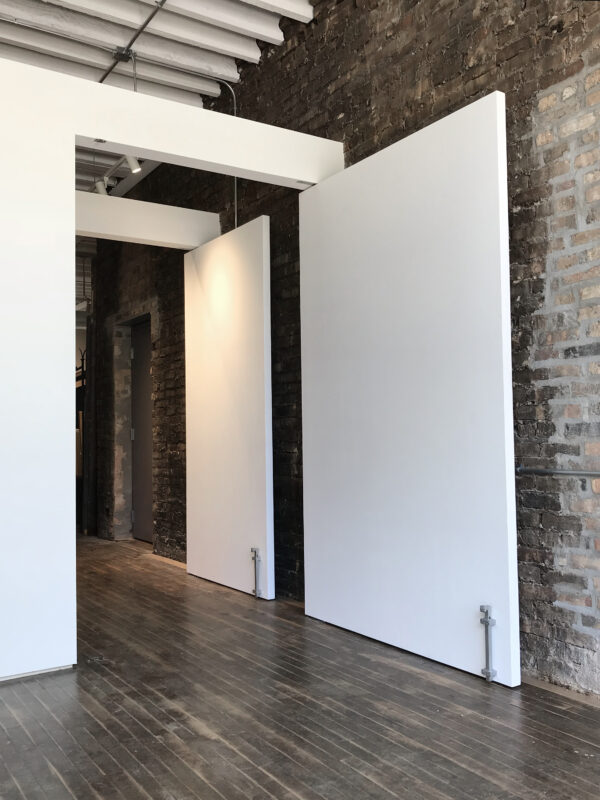 First, let’s take a look at what makes pivot doors so appealing. Unlike traditional hinged doors that swing on a set of hinges, pivot doors are anchored at the top and bottom, allowing them to rotate smoothly on a fixed pivot point. This design allows for larger and heavier doors to be used, while still maintaining ease of operation. Pivot doors are also known for their sleek, modern look, with clean lines and minimal hardware that create a contemporary feel.
First, let’s take a look at what makes pivot doors so appealing. Unlike traditional hinged doors that swing on a set of hinges, pivot doors are anchored at the top and bottom, allowing them to rotate smoothly on a fixed pivot point. This design allows for larger and heavier doors to be used, while still maintaining ease of operation. Pivot doors are also known for their sleek, modern look, with clean lines and minimal hardware that create a contemporary feel.
One common use for pivot doors in the commercial scene is as a store entrance. Pivot doors can create an impressive and welcoming entrance for customers, while also allowing for easy accessibility. Additionally, the larger size and unique possibilities of pivot doors can help to make a small storefront appear more spacious and inviting. With Sing Core’s expertise in custom door design, you can choose from a variety of finishes and styles to create a unique entrance that reflects your brand’s aesthetic.
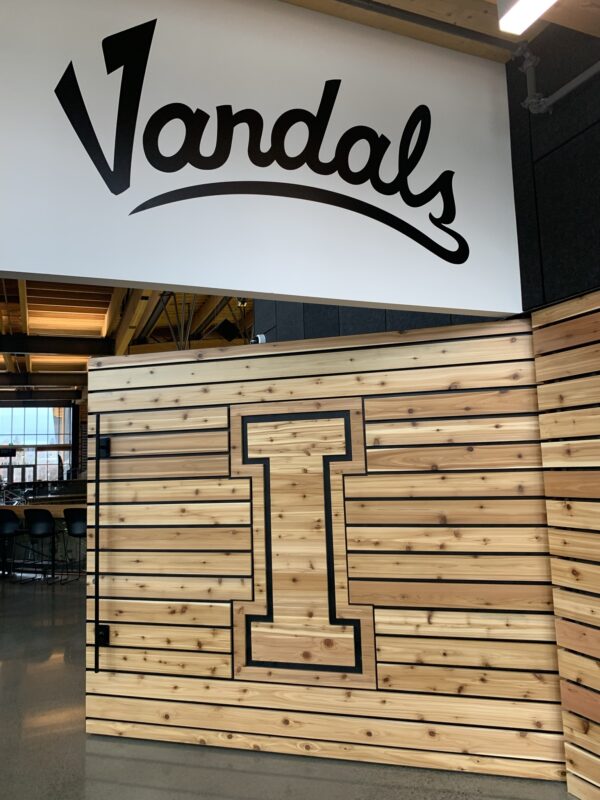 Another popular feature of pivot doors in commercial applications is the possibilities when it comes to size. Pivot doors, unlike hinged doors, can be massive without having to worry about breaking hardware. Pivot doors often make use of much more durable hardware that their hinged counterparts, and by mounting them from the top and bottom you are securing it in a way that puts less overall wear on said hardware. Sing Core panels are particularly great for pivot doors, as their lightweight and highly customizable nature means you can get nearly any door, and of nearly any size, while it remains light and easy to use. With Sing Core’s custom design capabilities, you can also create pivot doors that perfectly match the existing theme of your space, while still providing the functionality you need.
Another popular feature of pivot doors in commercial applications is the possibilities when it comes to size. Pivot doors, unlike hinged doors, can be massive without having to worry about breaking hardware. Pivot doors often make use of much more durable hardware that their hinged counterparts, and by mounting them from the top and bottom you are securing it in a way that puts less overall wear on said hardware. Sing Core panels are particularly great for pivot doors, as their lightweight and highly customizable nature means you can get nearly any door, and of nearly any size, while it remains light and easy to use. With Sing Core’s custom design capabilities, you can also create pivot doors that perfectly match the existing theme of your space, while still providing the functionality you need.
In hotels and other hospitality spaces, pivot doors can be used to create an impressive and memorable entrance. For example, a grand pivot door could be used to create a dramatic entrance to a hotel lobby or event space. Pivot doors can also be used to create privacy and separation within rooms, such as between a sleeping area and a living space, or between two office spaces. With Sing Core’s expertise in creating custom doors, you can create a one-of-a-kind entrance or room divider that will leave a lasting impression on guests.
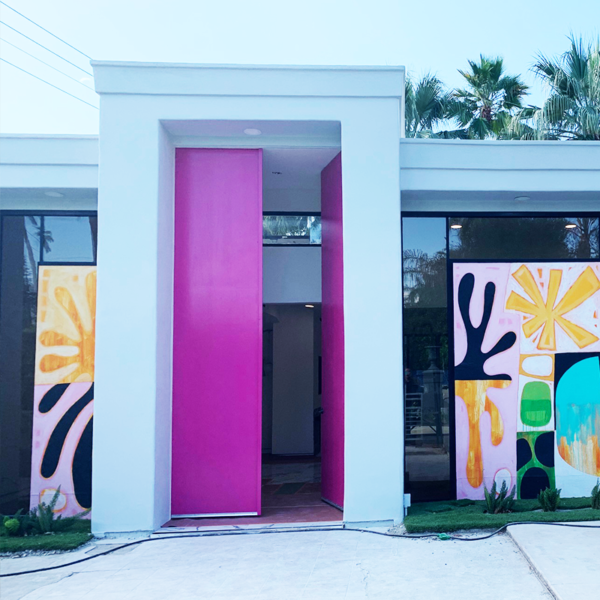 Finally, pivot doors can be used in a variety of other commercial settings, such as museums, galleries, and retail spaces. In these settings, pivot doors can provide a clean and contemporary look that complements the existing décor while also providing a functional solution for separating spaces or creating an impressive entrance.
Finally, pivot doors can be used in a variety of other commercial settings, such as museums, galleries, and retail spaces. In these settings, pivot doors can provide a clean and contemporary look that complements the existing décor while also providing a functional solution for separating spaces or creating an impressive entrance.
In conclusion, pivot doors are a versatile and stylish choice for a wide range of commercial applications. With Sing Core’s expertise in custom door design and manufacturing, you can create the perfect pivot door for your space, whether you’re looking for a grand entrance, a meeting room divider, or a sleek and modern look for your storefront. Contact Sing Core today to learn more about how we can help you create the perfect pivot door for your commercial building.

